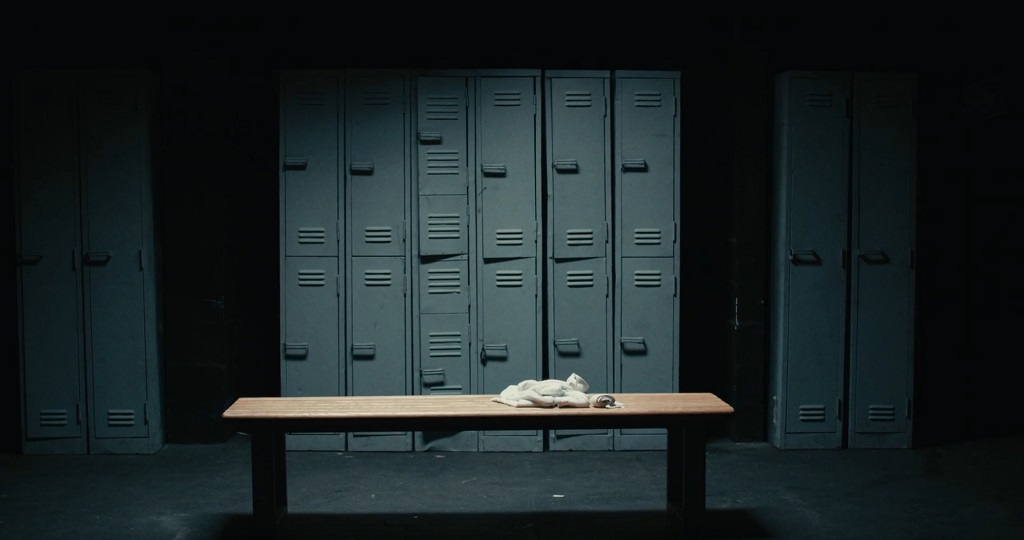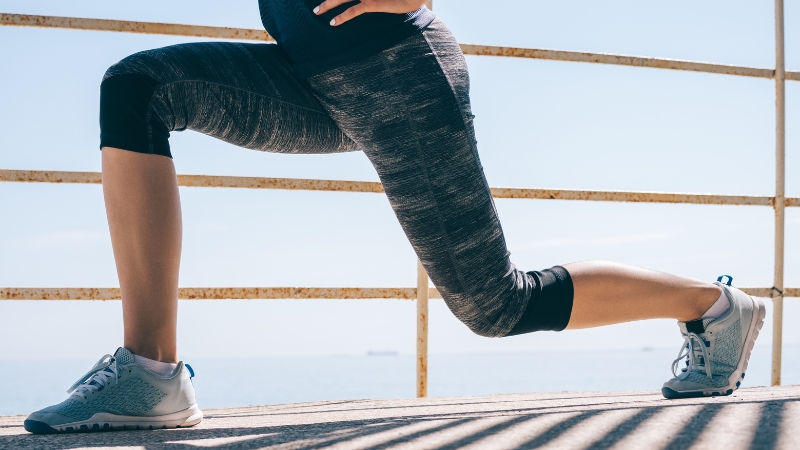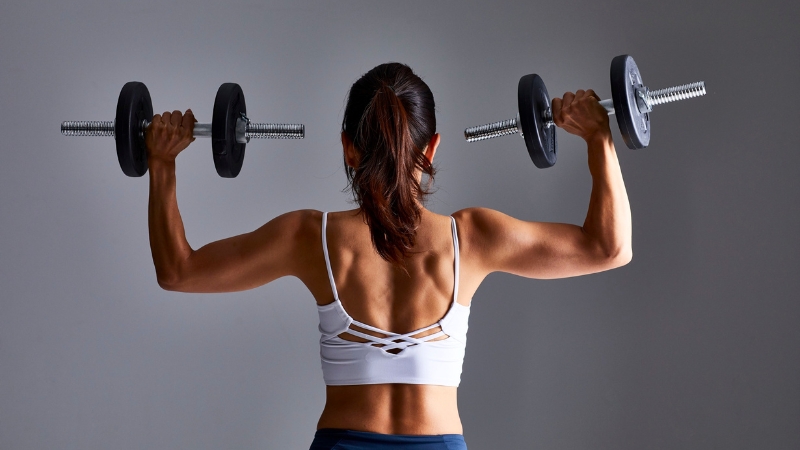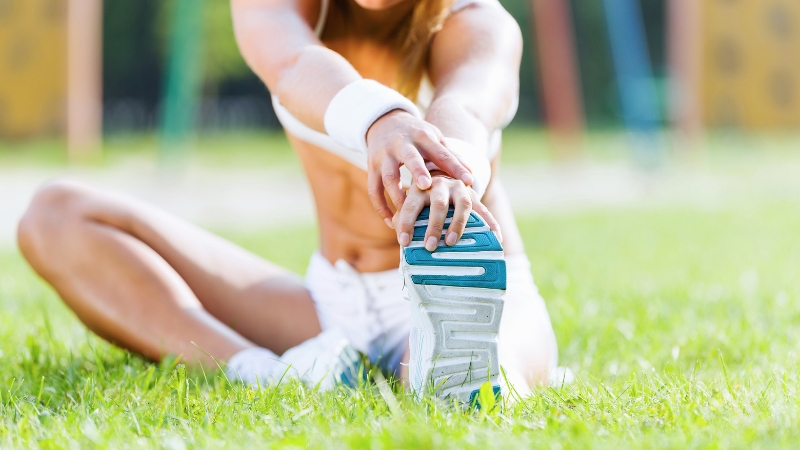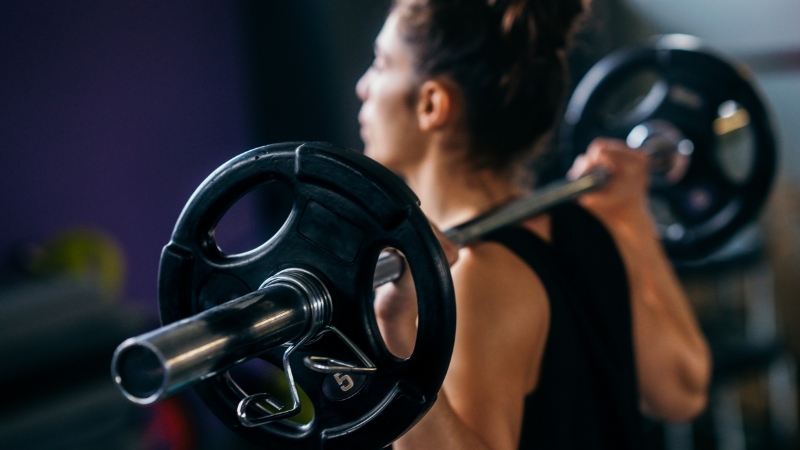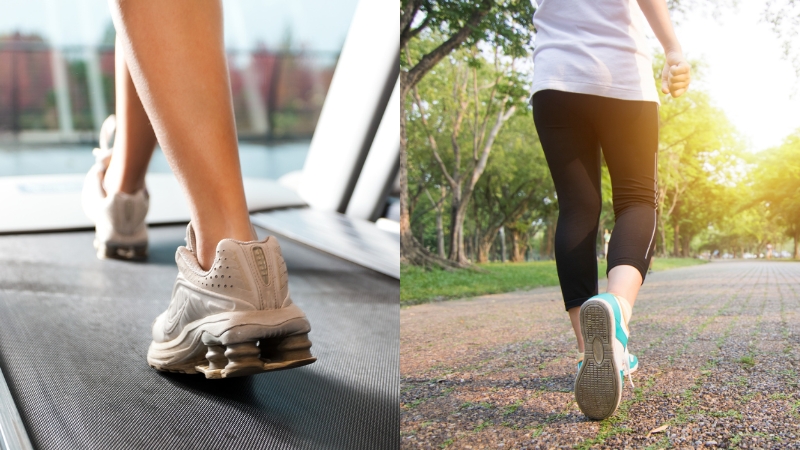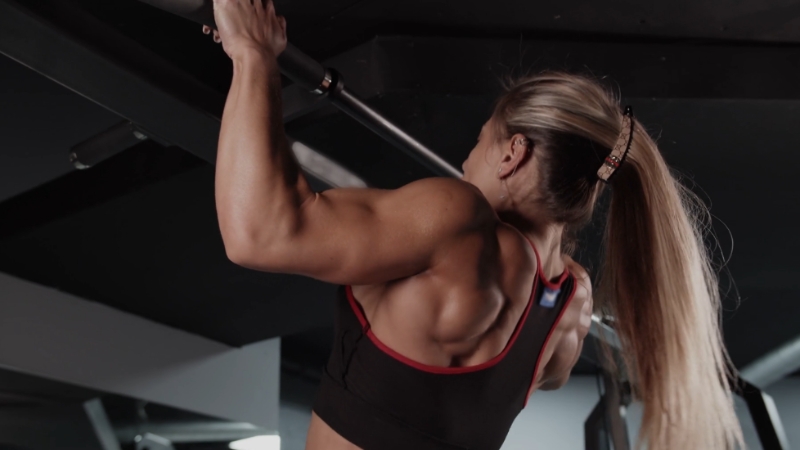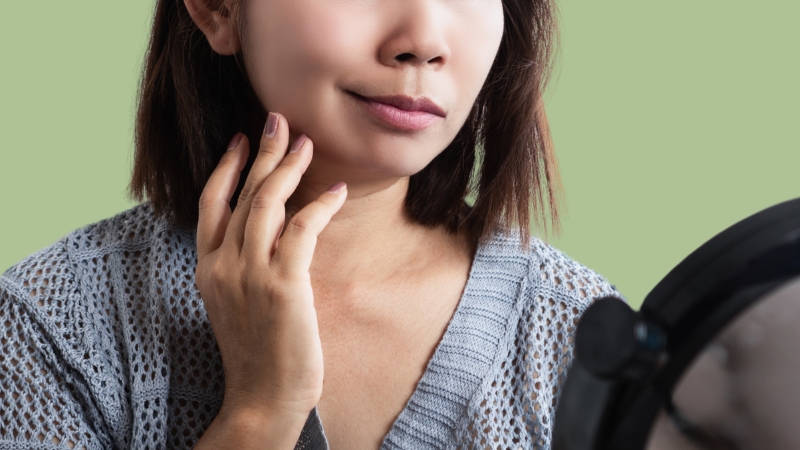
Share Post:
Bell’s Palsy refers to a sudden, temporary weakness or paralysis of facial muscles, typically affecting one side. It stems from dysfunction of the seventh cranial nerve, often linked to inflammation or viral infection.
For athletes and highly active individuals, the topic raises concern due to the demands they place on their bodies and immune systems.
The objective is to examine whether high-intensity physical training may act as a contributor to the onset or increased risk of Bell’s Palsy.
Table of Contents
ToggleRisk Factors for Bell’s Palsy
Bell’s Palsy arises due to inflammation or compression of the facial nerve, and several factors have been identified that may elevate susceptibility.
Medical research consistently links certain viral infections to the onset of Bell’s Palsy. Herpes simplex virus (HSV) is the most frequently associated, as it tends to lie dormant in the body and reactivate under stress.
Cytomegalovirus (CMV) and Epstein-Barr virus (EBV) are also implicated due to their neurotropic characteristics and tendency to induce inflammation.
Pregnancy, particularly in the third trimester, presents another measurable risk. Hormonal fluctuations, fluid retention, and immunologic changes during this stage are thought to contribute to nerve compression or reactivation of latent viral agents.
Chronic illnesses that affect immune regulation can also create conditions for Bell’s Palsy. Diabetics may experience delayed nerve healing, while autoimmune diseases can provoke inflammatory responses targeting nerve tissue.
Upper respiratory infections, due to their impact on sinus and cranial pressure, can also inflame the area near the facial nerve.
Family history may signal genetic vulnerability, although studies have yet to confirm a consistent hereditary pattern. Genetic predisposition remains an area of ongoing research.
To summarize, key medical risk factors include:
- Viral infections: herpes simplex virus (HSV), cytomegalovirus (CMV), Epstein-Barr virus (EBV)
- Pregnancy in the third trimester
- Diabetes and autoimmune disorders
- Upper respiratory infections
- Potential genetic predisposition through family history
Lifestyle and Environmental Influences
Environmental stressors and personal health habits play a considerable role in weakening the body’s defenses.
Chronic psychological stress, for instance, is widely acknowledged to compromise immune function.
Constant exposure to stress hormones may suppress viral surveillance, making the facial nerve more susceptible to attack.
Poor health behaviors such as smoking, obesity, and unmanaged hypertension can undermine vascular integrity and immune response.
Impaired blood flow and systemic inflammation create conditions where nerve tissue may not recover properly, and viral agents may thrive.
Athletes and individuals engaged in high-intensity training programs face a specific concern: immune suppression due to overtraining. Prolonged physical strain without sufficient rest can blunt immune vigilance. Dormant viruses may then reactivate, targeting cranial nerve pathways.
Important lifestyle and environmental contributors include:
- Chronic psychological stress reducing immune surveillance
- Smoking, obesity, and high blood pressure weakening vascular systems
- Overtraining or lack of adequate recovery leading to temporary immune suppression
- Exposure to environmental triggers such as wind or cold, especially during strenuous activity
Intense Physical Training: A Possible Trigger?
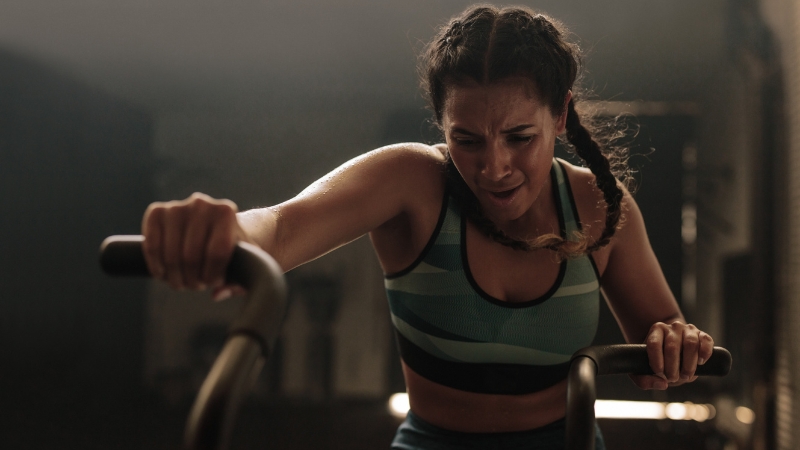
A documented case on PubMed Central highlighted a collegiate male soccer player who developed acute facial paralysis shortly after an intensive period of physical training.
No recent injuries, fevers, or infections were reported. The only distinguishing factor prior to onset was his rigorous training regimen.
Given the demands of competitive sports, early signs such as mild facial stiffness or twitching were not immediately recognized, possibly dismissed as fatigue or exertion-related tension.
Diagnostic clarity was delayed, as the coaching and medical teams initially focused on performance-related variables.
The athlete continued training during the early symptomatic phase, which may have exacerbated the condition.
This case supports the idea that while intense physical activity does not act as a direct cause, it may generate internal and external conditions conducive to Bell’s Palsy onset.
Theoretical Links
High-volume training creates a physiological state of stress. In elite athletes, this often manifests as immunosuppression, where the body prioritizes muscle repair and performance adaptation over immune defense. As a result, dormant viruses such as HSV-1 may become reactivated.
Environmental exposures compound this vulnerability. Outdoor athletes frequently face abrupt weather shifts.
Repeated exposure to cold temperatures and wind gusts can trigger vasoconstriction, particularly around the ears and jawline, regions close to the facial nerve. Rapid transitions between warm and cold conditions may cause nerve irritation or inflammation.
These compounding factors can set the stage for temporary dysfunction in the seventh cranial nerve. Inflammation, even at a micro level, can disrupt neural signals, resulting in facial droop, weakness, or paralysis.
While exact causality remains unproven, repeated case observations and biological plausibility suggest a connection that warrants further study.
Impact of Bell’s Palsy on Athletic Performance
@kym_bee #irishtiktok #foryoupage❤️❤️ #for #fyp ♬ original sound – Kym B
Facial paralysis affects more than appearance. Incomplete eyelid closure increases the risk of corneal abrasion and dryness.
Constant monitoring or protection becomes essential to avoid ocular damage. Oral motor control issues may complicate hydration or nutrition during games or training.
Facial asymmetry also limits expressiveness, which can hinder communication with teammates or coaches. Athletes often rely on facial cues, and such limitations could impair real-time strategy execution or morale.
Psychosocial Impacts
Facial paralysis affects more than cosmetic appearance. Reduced ability to control facial muscles can pose health and functional risks.
Incomplete eyelid closure becomes one of the most pressing concerns, leaving the eye vulnerable to injury.
- Corneal abrasion and dryness due to inability to blink properly
- Increased reliance on protective eyewear to reduce ocular trauma risk
- Oral muscle dysfunction, making hydration and nutrition during games more difficult
- Interference with speaking or shouting, limiting the ability to give or receive cues during team play
Muscle coordination in the face supports not only expressive gestures but also essential actions like chewing and swallowing, both of which are important during training sessions or matches.
Even subtle asymmetry can reduce precision in communication, which can affect overall performance.
Communication and Strategy

Facial expressions serve as quick, intuitive tools for in-game strategy.
A raised eyebrow, quick smirk, or tightened jaw can convey urgency, readiness, or feedback. Facial paralysis strips away this non-verbal channel.
- Reduced expressiveness, weakening connection with teammates and coaches
- Diminished ability to coordinate tactical movements in silence or during loud games
- Difficulty expressing emotional intensity, potentially affecting motivation across the team
Interpersonal rapport in the field often hinges on subtle exchanges. Once disrupted, an athlete may feel isolated or misunderstood during crucial moments of play.
Management and Recovery in Athletes
Recovery strategies for Bell’s Palsy in athletes require a balanced approach between aggressive early intervention and long-term support. Prompt diagnosis and a structured recovery plan improve outcomes and shorten the time away from competition.
Pharmacological Treatment
Medication remains a first-line response. Corticosteroids like prednisone are highly effective when given early, usually within 72 hours of symptom onset. In cases linked to viral causes, antiviral medications may offer additional benefits.
- Prednisone or similar corticosteroids help minimize inflammation
- Valacyclovir or acyclovir are used if the herpes family viruses are suspected
- Early administration correlates with improved recovery rates and fewer complications
Coaching and medical staff must work together to ensure symptoms are not overlooked or dismissed as fatigue or injury.
Role of Physical Therapy
Physical therapy for Bell’s Palsy plays an essential part in regaining facial function.
Active rehabilitation helps retrain the facial muscles and prevent long-term stiffness or atrophy.
Biofeedback tools guide proper muscle engagement and reduce compensatory habits.
Athletes benefit from structured programs including:
- Facial stretching and resistance exercises
- Neuromuscular re-education using biofeedback systems
- Massage therapy to stimulate circulation
- Regular check-ins with therapists to assess symmetry and mobility
Discipline and focus, often ingrained in athletes, allow consistent execution of these therapies, which accelerates overall recovery.
Protective Measures in Sports
Eye protection becomes a necessity in contact sports.
In the collegiate athlete’s case, sports goggles were introduced to prevent debris or fingers from injuring the exposed eye.
Such equipment ensures safety but often clashes with self-image or comfort.
- Protective goggles or masks offer essential coverage during games
- Athlete resistance to wearing gear stems from concerns about aesthetics or perceived weakness
- Educational sessions and normalization of protective equipment improve compliance
Coaches can lead by example and advocate for visibility of safety practices, helping reduce stigma.
Normalizing recovery gear fosters a healthier return-to-play culture for all athletes.
Summary
High-intensity training does not directly cause Bell’s Palsy, but it may increase susceptibility through stress-induced immune suppression and environmental exposures.
Athletes and medical staff must remain vigilant, particularly during intense cycles or harsh conditions. Early recognition and a combination of pharmaceutical and rehabilitative therapies provide the best path to full recovery.
Protective measures and psychosocial support ensure a safer and faster return to athletic performance.
Related Posts:
- Top 7 Workouts That Increase Dopamine
- How to Recover Faster After an Intense Workout
- Why Does Your Elbow Hurt During Workouts? Causes & Solutions
- Does Losing Weight Make You Taller? Exploring the Connection
- How Long Does It Take for Creatine to Leave Your…
- Does Protein Powder Expire or Just Lose Potency?



